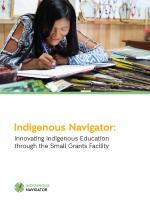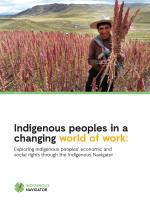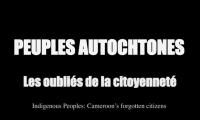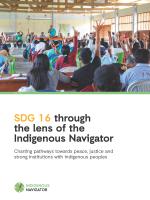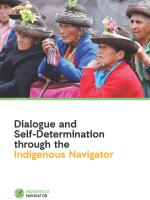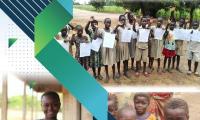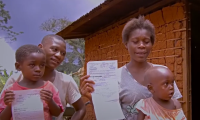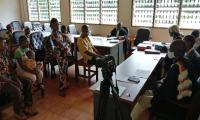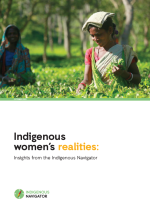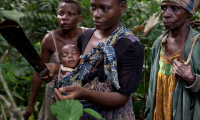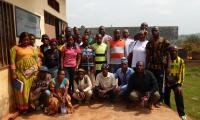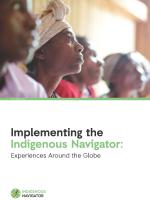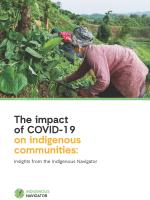Cameroon
Among Cameroon’s more than 20 million inhabitants, some communities self-identify as indigenous. These include the hunter/gatherers (Pygmies), the Mbororo pastoralists and the Kirdi mountain communities.
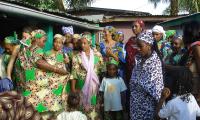
The Constitution of the Republic of Cameroon uses the terms indigenous and minorities in its preamble; however, it is not clear to whom this refers. Nevertheless, with developments in international law, civil society and the government are increasingly using the term indigenous to refer to the above-mentioned groups. Together, the Pygmies represent around 0.4% of the total population of Cameroon.
They can be further divided into three sub-groups, namely the Bagyeli or Bakola, who are estimated to number around 4,000 people, the Baka – estimated at around 40,000 – and the Bedzan, estimated at around 300 people. The Baka live above all in the eastern and southern regions of Cameroon. The Bakola and Bagyeli live in an area of around 12,000 square kms in the south of Cameroon, particularly in the districts of Akom II, Bipindi, Kribi and Lolodorf. Finally, the Bedzang live in the central region, to the north-west of Mbam in the Ngambè Tikar region. The Mbororo people living in Cameroon are estimated to number over 1 million people and they make up approx. 12% of the population. The Mbororo live primarily along the borders with Nigeria, Chad and the Central African Republic. Three groups of Mbororo are found in Cameroon: the Wodaabe in the Northern Region; the Jafun, who live primarily in the NorthWest, West, Adamawa and Eastern Regions; and the Galegi, popularly known as the Aku, who live in the East, Adamawa, West and North-West Regions. The Kirdi communities live high up in the Mandara Mountain range, in the north of Cameroon. Their precise number is not known.
Cameroon voted in favour of the UN Declaration on the Rights of Indigenous Peoples in 2007 but has not ratified ILO Convention 169.
